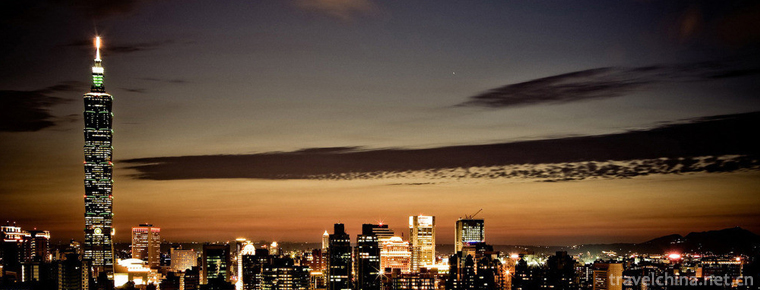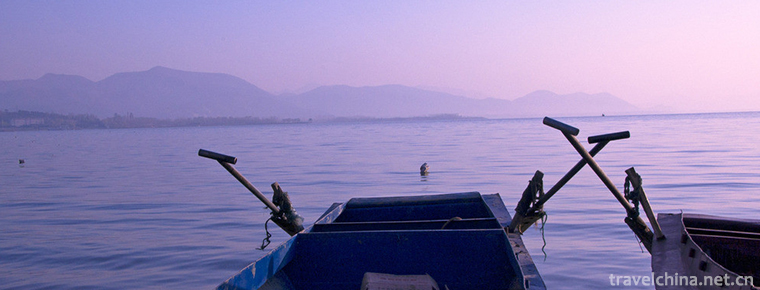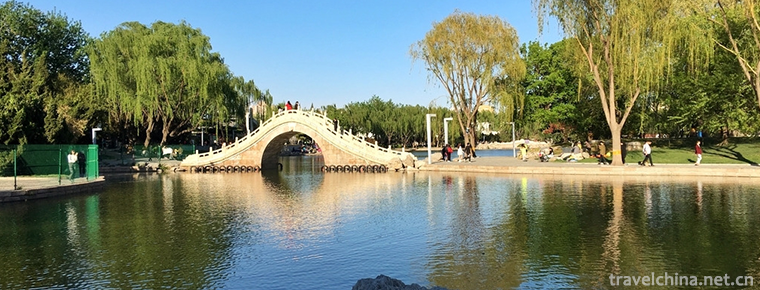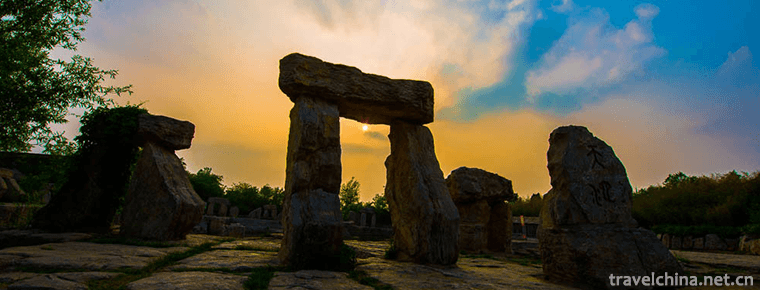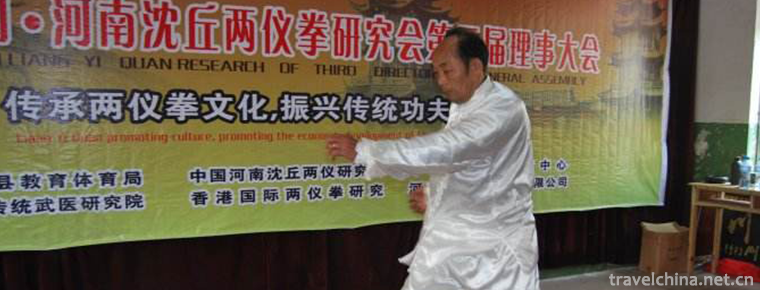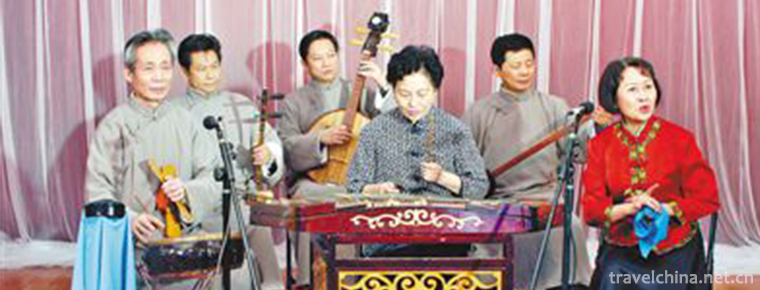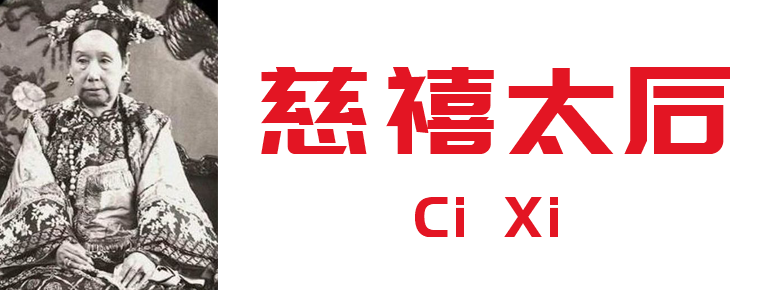Flaming Mountains
Flaming Mountains
Flame Mountain in Xinjiang is the most famous scenic spot in Turpan. Located in the northern margin of Turpan Basin, the northern route of the ancient Silk Road is mainly composed of red sand, conglomerate and mudstone of Jurassic, Cretaceous and Tertiary in Mesozoic. Locals call it "Kizil Tag", meaning "Red Mountain".
April 13, 2018, was included in "Magic Northwest 100 Scenes".
geographical environment
position
Flame Mountain, known as Chishi Mountain in ancient times, is located in the northern margin of Turpan Basin, the northern route of the ancient Silk Road. It's going east-west. Flame Mountain, Uygur called "Kizil Tag", means "Red Mountain", Tang people used to be called "volcano" because of its hot weather. The mountain is more than 100 kilometers long, the widest part is 10 kilometers, about 500 meters above sea level, and the main peak is 831.7 meters above sea level. Flame Mountain Tongshan bald mountains, barren grass, birds disappear. Every midsummer, when the red sun is overhead, the red-brown mountain body is irradiated by the hot sun, the sandstone burns and shines, and the hot airflow rolls up, just like the flaming flame, which is also called Flame Mountain.
climate
Flame Mountain is the hottest place in China. The highest temperature in summer is 47.8 degrees Celsius. The highest temperature on the ground is 89 degrees Celsius. Cooked eggs can be roasted in the sand nest. Turpan is a typical continental arid desert climate. Although the annual average temperature is only 14.5 degrees Celsius, the number of days exceeding 35 degrees Celsius is more than 100 days, and even the hot weather above 38 degrees Celsius is more than 38 days. The absolute maximum temperature measured for many years is 49.6 C (July 13, 1975), while the surface temperature can reach 89 C, which is the true "Chinese hot pole". The average annual precipitation in Huozhou is only 16 mm, accounting for half in summer, while the annual precipitation in Toxon is only 5.9 mm. It is not surprising that there is no rain or rain all the year round, which can be regarded as "the dry pole of China".
Main attractions
Flame Mountain has steamed bun head mountain, ladder, thousand Buddha cave, suspension bridge, Bumaiti courtyard, Wanfo Mountain and other attractions. In contrast to the barren hills and barren ridges of Flame Mountain, there are valleys crossing the mountain. Most of the valleys have clear springs and shaded trees, forming narrow oases. The most famous valleys are grape valleys. In addition, there are Taoer valley, Wood valley, Tuyu valley, Lianmuqin valley, Subo Valley and so on.
Causes of formation
It should be noted that spontaneous combustion of coal seam is not rare in Xinjiang. Today, 42 kilometers away from Urumqi Sulfur Valley Coalfield, since the Qing Dynasty Guangxu years is "cracks vertical and horizontal, smoke diffuse, cracks between the flames, over the years." It has been more than 110 years now (2019). The coalfield fire area lasted four years (1999-2003) and was extinguished only in 2003. "Tianshan Mountain is an area with intense geological activity. Most of the horizontal seams buried in the stratum have turned into inclined seams after many geological movements. After the outcrop of the seam, it contacts with the air, accumulates heat and warms up after oxidation, which leads to spontaneous combustion and finally to coal field fire." The nursery engineer, technical director of the Sulfur Valley Coalfield Fire Zone Project, explained. The hot and dry Flame Mountain is attributed to its unique physical and geographical conditions. In reality, the Flame Mountain is one of the branches of the Tianshan Mountains, which was formed during the Himalayan orogeny 50 to 60 million years ago. During tens of millions of years, numerous fold belts left by the lateral movement of the crust and wind erosion and rain denudation of nature formed the undulating mountain topography and vertical and horizontal ravines of Flame Mountain. The temperature in mountain area can reach 47 C in summer, 80 C in direct sunshine, and cooked eggs can be roasted on sand.
Tuyugou Mazha Village Residence. Most of the houses in Flame Mountain are semi-cellar and half are buried underground. The adobe with fast heat dissipation has always been the main building material in the area.
Turpan is the lowest level of Uygur language. Located in the hinterland of Eurasia, deep inland, far from the sea, surrounded by a large area of drought, sandwiched between the Bogda Mountains and the Kuruktag Mountains in the eastern Tianshan Mountains, it forms the famous Turpan-Hami subsidence basin. Because of the extremely arid climate, the ability of flowing water to transport materials is very weak, and the hydraulic accumulation in the basin is very weak, while the Flame Mountain is located in the north-central part of the basin. The blocking effect makes it difficult for the weathered materials eroded by flowing water in Tianshan to enter the center of the basin, and the basin is becoming more and more low-lying naturally. Turpan is far from the ocean, the ocean's humid air mass is unable to enter, and the western Atlantic water vapor is blocked by the Tianshan Mountains. The terrain is too low. The height difference between mountain and basin is more than 5,600 meters in short distance. The air flow sinks and warms up, resulting in the foehn effect, which makes the area dry and hot. Therefore, it is known as "Huozhou". Because the mountain is bare, the grass and trees are not covered, the Gobi desert area is large, the sunshine time is long, the temperature increases rapidly during the day, the basin is too low, and the hot air is not easy to dissipate, thus forming the only hot stove in the world above 42 degrees north latitude.
Today, the Flame Mountain still stands in the northern part of the Turpan Basin, extending more than 100 kilometers, 10 kilometers wide and 500 meters above sea level. In Shanhai Jing, it is called "Mountain of Fire". In Uygur, it is called "Kiziltak". It means Hongshan. In Sui and Tang Dynasties, it was called "Chishishan". Flame Mountain is full of trenches, tortuous and vigorous, and no grass grows. In hot summer, the bare surface can be baked in the sun at a temperature of up to 75 degrees Celsius, and the heat waves roll over, making people breathless. Because of the comparative level of stratum accumulation and the alternation of hard and soft rock layers, the ravines along the slope are formed after years of rain erosion. Material eroded from the mountain formed a red alluvial fan skirt in front of the foothill, and numerous polygonal cracks formed in the front of the fan skirt under the arid environment, which attracted special attention.
Although the high temperature is difficult to bear, the Flame Mountain is a natural underground reservoir dam. It is precisely because Flame Mountain blocked the groundwater seepage from the Gobi gravel belt, raised the diving water level, formed a diving spillover zone in the northern margin of the mountain, and many springs were exposed, which moistened several oases such as Shanshan, Lianmuqin and Subashi, thus bringing about the life of this area.
Myths and legends
Journey to the West
Flame Mountain has its own unique natural features, and in the late Ming Dynasty, Wu Chengen took Tang Sanzang from the blocked Flame Mountain and Sun Wukong Sanzang.
The story of Bajiao Fan is written into the famous ancient novel Journey to the West, which links the Flame Mountain with Tang monks, Monkey King, Princess Iron Fan and King Niu Devil. It makes the Flame Mountain magical and full of color and becomes a world wonder mountain. Visitors to the Flame Mountain can also see that Tang Monk's outdated bolt-horse Pile-A pillar of overflowing rock still stands in Shengjinkou; in the distance, a flat-topped hillside is the stepping stone for Tang Monk to mount his horse; in the east of the bolt-horse pile, there is a huge stone with a long mouth on top of a peak across the canyon, which is called Bajie Stone; while looking at the marvelous scenery, he talks about Sun Monkey's fire extinguishing by the banana fan of Princess Iron Fan. The story of fire makes this trip interesting.
In the Tang Dynasty, Sanzang took the route to block the Flame Mountain in the west. When he met an elder, he said, "Dare to ask the father-in-law, if you are in autumn, how can you get back to the heat?" The old man said, "Let's call it Flame Mountain. No spring, no autumn, it's hot all the year round." Sanzang Road: "Where is the Flame Mountain? Can we stop the way to the west? The old man said, "The West can't go. The mountain is sixty miles away. It is the only way for the West, but it has 800 miles of fire and no grass around it. If you cross a mountain well, it will turn into juice even if you have a copper head and an iron body. Sanzang was shocked when he heard the words and dared not ask any more questions. In Journey to the West, the four masters and apprentices encounter this dialogue when they first arrive at Flame Mountain, which leads to the stories of Princess Tiefan, King Niu Devil and the three borrowed banana fans.
Folklore
Uygur folklore tells us that there is a dragon deep in the Tianshan Mountains, which eats only boys and girls. The local Supreme ruler, Shatok Bukharakhan, sent Hara and Zhuo to subdue the dragons in order to protect the people. After a thrilling battle, the dragon was killed by Hara and Zhuo in the heptagonal well in the northeast of Turpan. The dragon went west with its wounds, and the whole mountain was red with blood. Therefore, the Uyghurs call this mountain Red Mountain, which is what we call Flame Mountain.
Historical records
The Flame Mountain was once a sea of fire, which is also recorded in historical books. Wang Yande's "Journey to Gaochang" said, "Beiting North Mountain (that is, Flame Mountain), there are often smoke gushing up in the mountains, without clouds and mists. In the evening, if the flames are torches, all birds and mice will be red. When Cen Shen, a famous frontier fortress poet in the Tang Dynasty, first passed through the Flame Mountain, he wrote the poem Jing Volcano as follows: "Volcanoes are seen now, suddenly in Puchangdong. Red flame burns clouds, and the atmosphere is steaming. I don't know why Yinyang charcoal burns alone. When I came to the harsh winter, it was windy downhill. Man and horse sweat, who knows the work of creation and transformation.
Honor
On August 23, 2011, in accordance with the National Standards of the People's Republic of China, "Classification and Assessment of Quality Grades of Tourist Scenic Spots" and "Measures for the Administration of Quality Grade Assessment of Tourist Scenic Spots", the relevant provinces, autonomous regions and municipalities directly under the Central Government recommended that the National Committee for Quality Grade Assessment of Tourist Scenic Spots organize an assessment, and the Flame Mountain Scenic Spot in Tur The criteria for tourist attractions are approved as national 4A tourist attractions after the study and decision of the National Committee of Quality Grade Assessment of tourist attractions.
April 13, 2018, was included in "Magic Northwest 100 Scenes".
Tourism information
Turpan Flame Scenic Area is a pearl in the west of Xinjiang. With its long history, strong ethnic customs, peculiar landforms and numerous hot tourist routes, Turpan Flame Scenic Area is becoming more and more popular with Chinese and foreign tourists. Whether it is climate, routes, food and shelter, there are great differences with the Mainland. In order to make you happy and happy, please pay attention to the following matters:
1. The average temperature in Northwest China is lower than that in Mainland China, and the temperature difference between day and night is large. Because of the altitude or weather, the local temperature in some scenic spots will be lower. Therefore, it is still necessary to take coats or sweaters when traveling in summer.
2. Xinjiang is located in the northwest of China. Although the temperature is slightly lower than that in the mainland, some areas have higher altitude and intense ultraviolet radiation. Furthermore, in Turpan, the highest temperature in summer can be over 40 degrees, so you should prepare adequate and effective sunscreen. At the same time, it should be equipped with heat-clearing and heat-proof drugs or granules. Such as Xiasangju Granule, 10 drops of water, etc.
3. Because Xinjiang has a long route and scattered scenic spots, it takes a long time to travel by bus and the landscape along the way is relatively single. Please be prepared for hard work. When traveling in Xinjiang, some scenic spots, such as Tianchi, pasture and so on, require you to get off and walk, climb mountains or ride horses and camels in person. Therefore, a pair of comfortable shoes is particularly important. It is recommended that you prepare a pair of comfortable, comfortable and easy-to-walk shoes, preferably flat-soled shoes, before departure.
4. Because Xinjiang is a typical inland arid climate. Therefore, the temperature difference between morning and evening is large, and the air conditioner should be turned on moderately when sleeping at night. Don't get too cold, or don't cover the quilt while sleeping, which will cause physical discomfort.
5. Xinjiang is known as the home of melons and fruits. It's a great pleasure to eat fruit in Xinjiang, but don't drink hot tea after eating fruit to avoid diarrhea.
6. Xinjiang is a minority area with strong religious color. People who believe in Islam do not eat pork. This is their biggest taboo in life and must not be offended. Therefore, tourists should be careful not to bring pork food in Muslim restaurants or talk openly about pork, and remember to respect Muslim customs in order to avoid unnecessary misunderstandings.
7. Xinjiang is located in the East Six Time Zone and Beijing is located in the East Eight Time Zone. Therefore, most cities in Xinjiang and the Mainland have a time difference of 2 hours, and their working and sleeping hours are postponed correspondingly by 2 hours. Activities during the tour are usually arranged between 9:00 and 20:00.
8. Transportation costs
Adult tickets: $60
Children's tickets: 30 yuan
Other concessions: 1. Children: 1.3m or less free tickets; 2. Students and the elderly (over 60 years old) with a student's card or old age card to buy half price tickets;
Rental fee: 1. Show valid ID card, driver's license and other certificates, and pay deposit ranging from 2000 to 5000 yuan. 2. Rental standard: 5-7 minibuses: 150-200 yuan per day; ordinary cars: 300-600 yuan per day; 11-21 business cars: 1000-1300 yuan per day. Check-in time is 8:00-17:00 per day.
Other Consumptions: Taxi: 1. Starting price: 10 yuan; 2. Pricing per kilometer: 1.5-3 yuan;
Traffic Information
It is about half an hour's drive from Turpan Bus Station to Flame Mountain Scenic Area.
Hot Spot Events
Fire extinguishing works
Coalfield fire extinguishers in 2008 apparently did not find a banana fan, but they have a more practical approach. Firstly, bulldozers are used to push the working surface of the fire area flat, and then water is injected into the fire area with pipes. When the temperature drops to about 70 degrees Celsius, drilling rigs are used to drill holes into underground fires. Next, loess mud is poured into the borehole, and the underground cracks are blocked by the mud to prevent the fire from contacting the air. The last step is to cover the surface with a thick layer of loess to completely separate the coal seam from oxygen. "Modern Iron Fan Princess" - Xinjiang Coalfield Fire Extinguishing Agency has said that by 2015, all coalfield fires in Xinjiang will be extinguished. By that time, there will be no more burning "Flame Mountain" in Xinjiang.
High temperature record
On the afternoon of June 14, 2015, Turpan, known as Huozhou, recorded the highest temperature in June, 2015 at 41 degrees Celsius, more than 40 kilometers away from the urban area of Turpan. The surface temperature reached 68 degrees Celsius during the high temperature period on that day, but there were still many tourists who did not fear the heat wave to visit the scenic area. They were all competing to take photos in front of the huge "Golden Hoop Bar" thermometer under the Huozhou Mountain. It is understood that more than 3,000 tourists visited the scenic spot on that day.
On July 15, 2015, the meteorological department of Turpan, Xinjiang, issued a high temperature red warning. From 16 to 17, it is expected that the high temperature weather in Gaochang District and Toxon County of Turpan City will be above 45 degrees Celsius. On July 15, the surface temperature of the giant gold hoop bars modelling thermometer was 72 degrees Celsius.
On July 11, 2017, the surface temperature measured by the giant gold hoop bar thermometer in the Huoyanshan scenic spot was 89 C.
















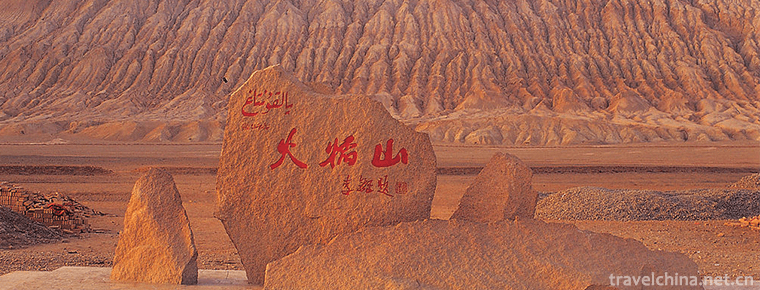
-
Taipei 101 building
Taipei 101 Building, formerly known as Taipei International Financial Center.
Views: 264 Time 2018-10-12 -
Sliced Fish in Hot Chili Oil
Boiled fish, also known as river boiled boiled fish and boiled fish fillet, was first popular in Cui Yun Township, Yubei District, Chongqing..
Views: 247 Time 2018-10-27 -
Baiyang Lake
Baiyang Lake/Anxin Baiyangdian Scenic Area is located in the central part of Hebei Province. Anxin Baiyangdian is the largest inland lake in Hebei Province.
Views: 321 Time 2018-11-24 -
Jinjiang Amusement Park
Jinjiang Paradise is the first large-scale modern amusement park in Shanghai, China. It covers an area of 170 Mu and has 40 amusement projects. It is suitable for tourists of all ages. It receives abo.
Views: 202 Time 2019-01-29 -
Longtan Park
Longtan Park is located opposite Longtan Beili District, Dongcheng District, Beijing (Chongwen District), and is currently a national 4A-level tourist park. Longtan Park .
Views: 126 Time 2019-02-06 -
Wangcheng in heaven
Tianwangcheng Scenic Area is located 40 kilometers northwest of Yishui County, Linyi City, Shandong Province. The main part of the Scenic Area is located in Jiwanggu. It is the national AAAA scenic sp.
Views: 102 Time 2019-02-21 -
Two instruments boxing
Liangyi Quan originated from Zhouyi, which said, "It's so easy to have Taiji. It's the birth of Liangyi". (Liangyi Quan) is also called Liangyi Point-through-Qishen Quan. Its name is formed .
Views: 165 Time 2019-05-13 -
Manchu Folk Stories
Liaoning is a region where Manchu people have formed, risen and grown up. It contains extensive and profound Manchu cultural relics and connotations. Manchu folktales originated from the Manchu people.
Views: 110 Time 2019-05-18 -
Sichuan Yangqin
Sichuan Yangqin is one of the representative folk songs of Sichuan Province, which is popular in Chengdu, Chongqing, Luzhou, Zigong and other cities and regions. In the early period, it was also calle.
Views: 181 Time 2019-06-16 -
Empress Dowager Ci Xi
Ci Xi (November 29, 1835 - November 15, 1908) is the queen of Xiao Qin chin. Yehiel Bernard La Shi, Xianfeng Emperor Concubines, Tongzhi Emperor The birth mother. Important in late Qing Dynasty Politi.
Views: 250 Time 2019-09-07 -
The world is so big still meet you Cheng Xiang Tik Tok Songs 2020 Hot Songs
"The world is so big still meet you " is composed by htet Aung Lwin and sung by Cheng Xiang. It is the Chinese version of myanmar music "for Ma". It was officially released on Janu.
Views: 92 Time 2020-05-21 -
Dazhou health
By the end of 2019, Dazhou city has 4514 health institutions, including 430 hospitals and health centers, 8 maternal and child health centers (stations) and 8 centers for Disease Control and prevention. There were 35862 beds in health institutions. Am.
Views: 356 Time 2020-12-20
